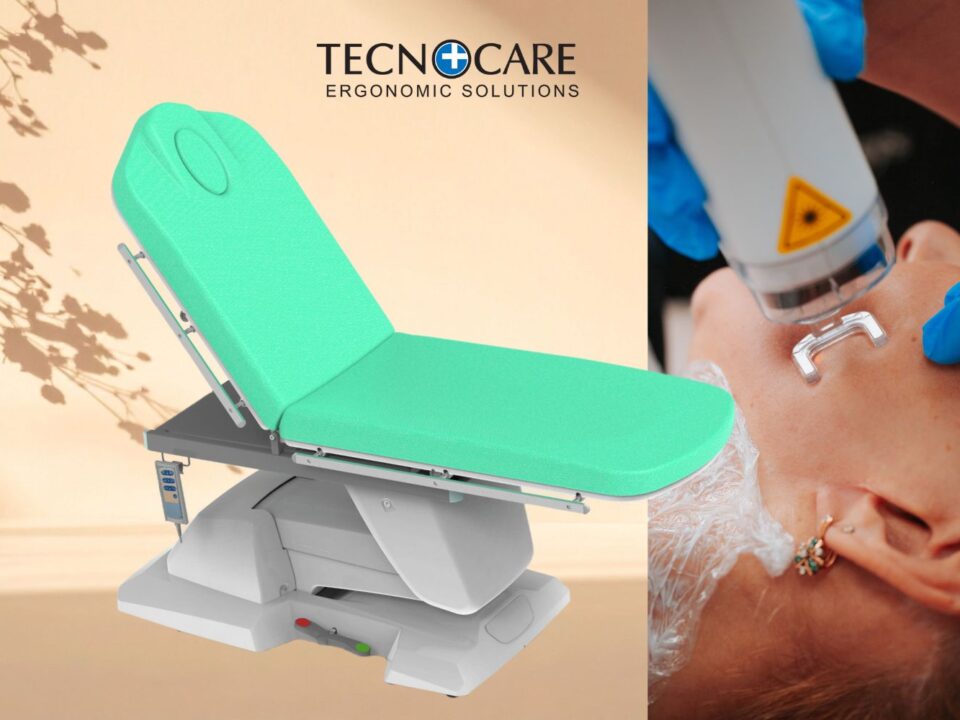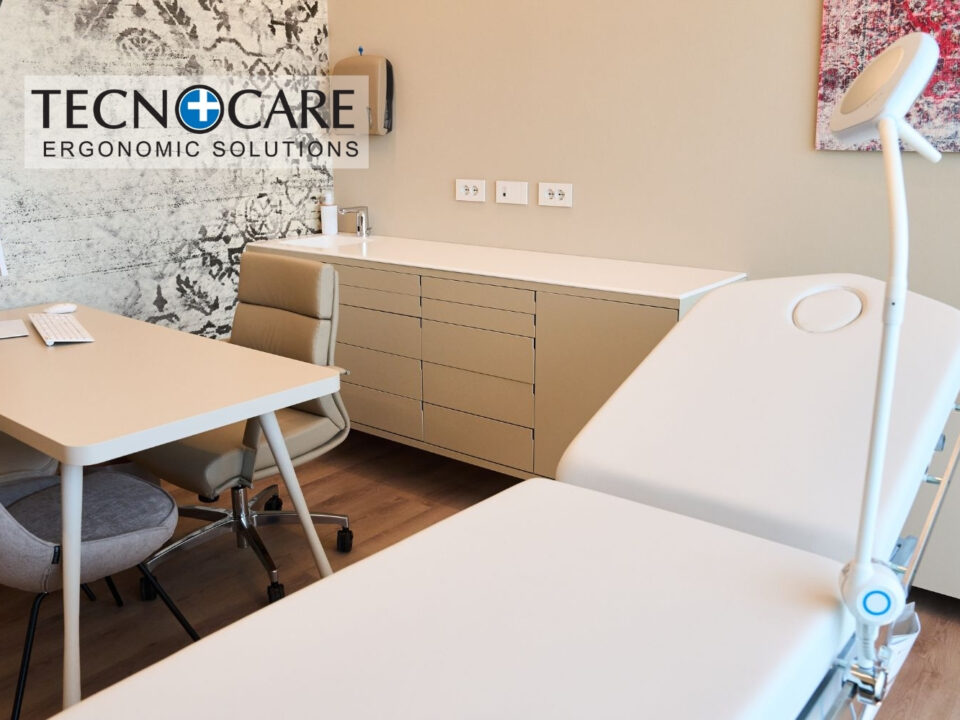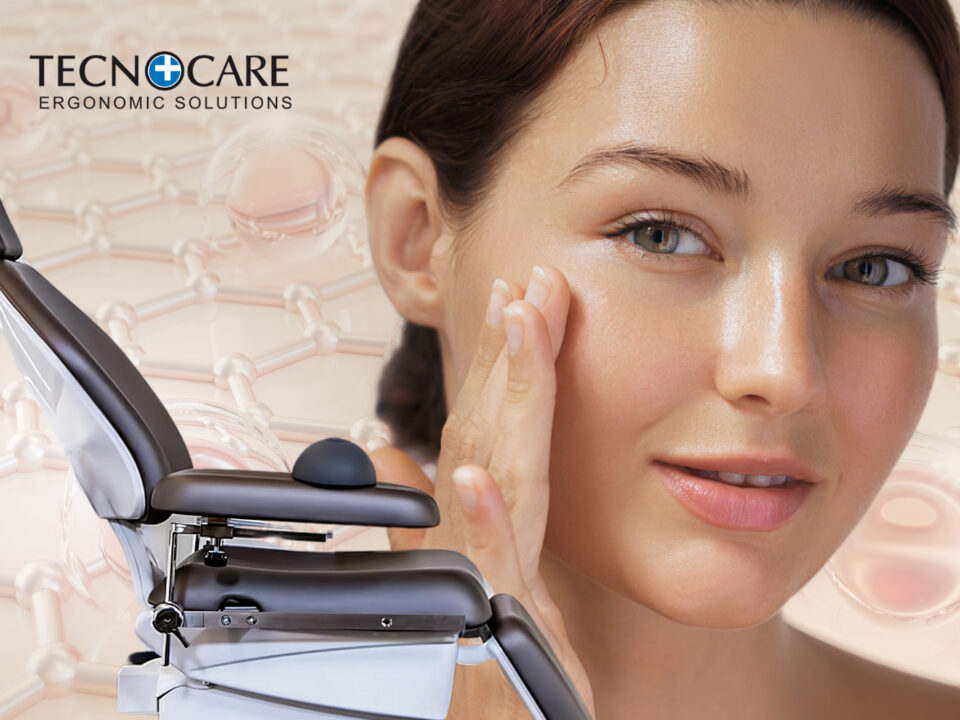Aesthetic Medicine is undergoing a rapid evolution, driven by technological innovations that promise to radically transform the industry’s landscape. The trends of 2025 indicate an increasingly close integration of science and technology, with highly personalized, precise, and non-invasive treatments that meet the rising expectations of increasingly informed patients. From artificial intelligence to 3D simulators and advanced monitoring devices, innovation is at the heart of the future of aesthetic medicine.
1. Non-invasive and personalized techniques
In 2025, non-invasive techniques will continue to dominate the sector, with a growing focus on personalization. Treatments no longer rely solely on traditional Botox and filler procedures but extend to non-invasive and minimally invasive treatments that offer exceptional results with lower risks and faster recovery times.
Professionals now use techniques such as “non-surgical facelifts” with absorbable threads, achieving a lifting effect without the need for surgery. Regenerative mesotherapy, using microinjections of vitamins and hyaluronic acid to stimulate collagen production, is becoming increasingly popular. Additionally, platelet-rich plasma (PRP), which harnesses the regenerative properties of the patient’s blood, is achieving remarkable results in the treatment of wrinkles, scars, and hair loss.
The evolution of reshaping techniques, such as High-Intensity Focused Ultrasound (HIFU), which uses sound waves to stimulate collagen production with a lifting and tightening effect, will also yield visible results without the need for invasive surgical procedures.
2. Artificial Intelligence for more precise treatments
In 2025, the adoption of artificial intelligence (AI) will be crucial for customizing treatments. AI-based platforms will gather detailed data on each patient and create tailor-made therapeutic plans, predicting results with unprecedented accuracy. AI will also be used to optimize Botox and filler dosages, constantly monitoring the progress of treatments and adjusting them to the patient’s needs.
3. 3D Simulators: visualizing results in advance
3D simulators have become a critical tool in aesthetic medicine, allowing patients to visualize the outcomes of treatments before undergoing any procedures. By creating digital models of the face or body, aesthetic doctors can simulate the effect of a treatment, such as facial reshaping, filler application, or implantology, with a high level of precision.
Visual Customization and Patient Feedback
3D simulators allow patients to see how they will look post-treatment, reducing uncertainties and boosting their confidence in the procedure. The ability to customize treatments based on the patient’s individual features—such as face shape, bone structure, and skin type—makes each treatment highly targeted and precise.
Optimizing the Treatment Plan
For the doctor, the use of 3D simulations enables more informed decisions regarding the amount and location of treatments. This approach reduces the risk of errors, improving the effectiveness and final outcome. Furthermore, 3D simulators offer continuous visualization during the treatment, allowing real-time adjustments based on the evolution of the situation.
4. Advanced monitoring for real-time control
Monitoring treatments is crucial to ensure that results align with expectations and to avoid unwanted side effects. Monitoring devices can now analyze the progress of treatments in real-time, providing continuous feedback to both the doctor and the patient.
Skin Measurement Devices
Among the most advanced tools are devices for measuring microcirculation, which allow for monitoring skin health and the effectiveness of regenerative treatments. Some advanced devices also analyze dermal density, detecting how the skin responds to treatment stimuli, allowing modifications to the therapeutic plan as the process unfolds.
High-Definition Cameras and Dermocosmetic Analysis
High-definition cameras and 3D scanners are used to record the appearance of the skin, highlighting imperfections, wrinkles, and sun damage. These tools allow for tracking improvements over time, enhancing visual communication with the patient. Additionally, advanced dermocosmetic analysis technologies help professionals assess skin responses, enabling treatment optimization and more precise results.
Tecnocare medical chairs: a support for aesthetic innovation
The medical chairs designed by Tecnocare represent excellence in aesthetic innovation. With an ergonomic and functional design, every detail is crafted to ensure maximum patient comfort and ease of use for the professional. These medical devices are ideal for precision procedures, providing the necessary support for high-level aesthetic interventions, as outlined in this article. The combination of advanced technology and refined design makes them indispensable tools in the most demanding professional settings.
To discover Tecnocare’s range of products and the value that innovation and design can bring to aesthetic treatments, feel free to contact us.




